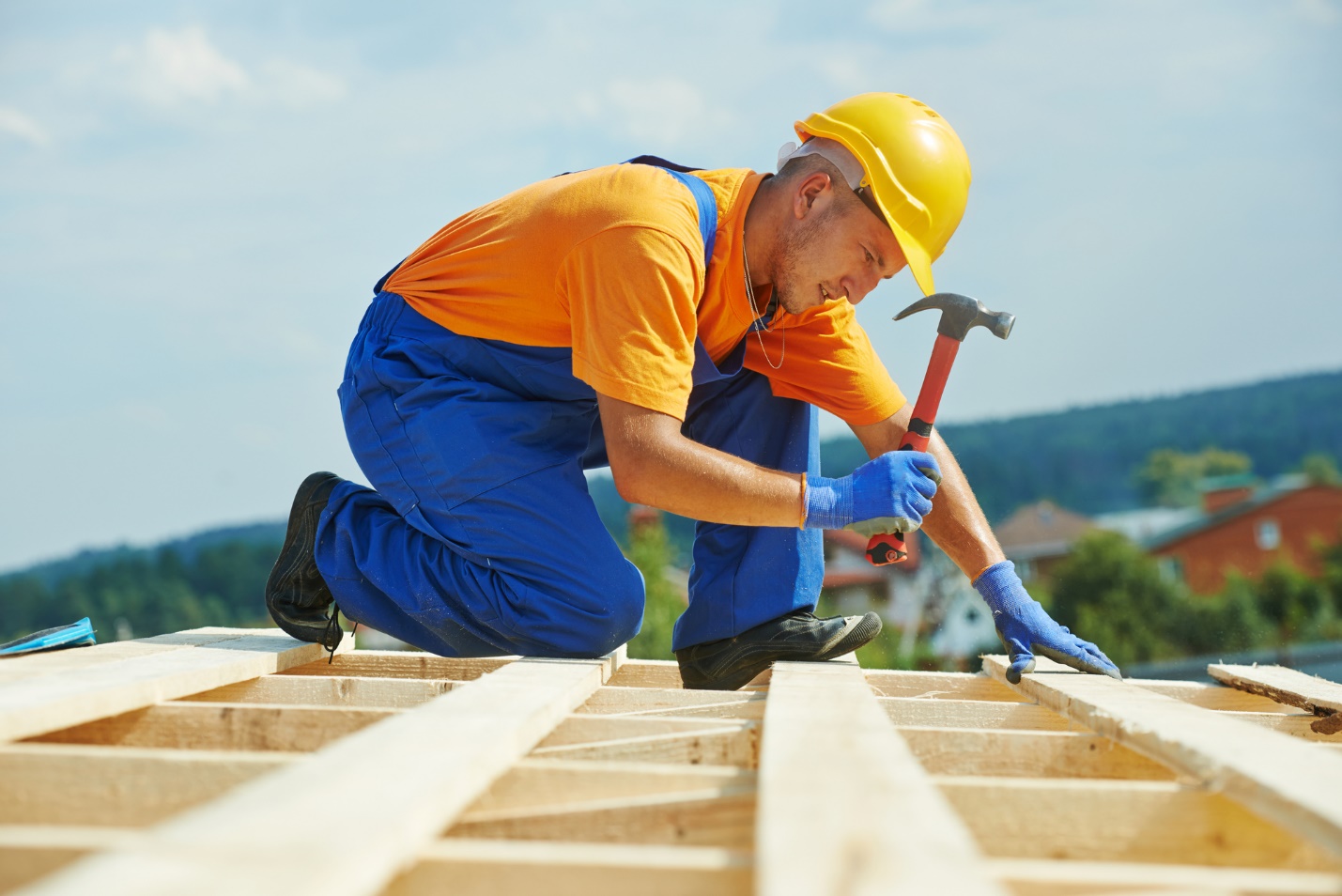
The roof will consist of almost 40% of a house’s exterior, and it provides safety from the weather. Aside from protection, it also adds curb appeal. This is why it’s essential to keep it in its best condition and make sure that it looks sharp.
Many of the homeowners will need to replace the roofing at some point. However, they are unsure of where to start. Fortunately, you can consult with Lynch Construction to see if this is the best time to do repairs or replacements. Here are some of the common materials and components that you should need to be familiar with:
- Shingles: The shingles are made up of asphalt, wood shakes, slate, and many other materials. Their primary purpose is to protect the underlying sheathing from the weather. Shingles are measured by squares where 1 square can be equal to 100 sq. ft. If you have a roof that’s 3000 sq. ft., then you need to order 30 squares worth of shingles.
- Sheathing: The sheet material or board is attached to the rafter that’s covering your home. This is also referred to as the deck.
- Trims: The trim is installed to protect the seams in the ridge or hip.
- Rafters: These are the metal slats and wood inside the home that protect the shingles or sheathing. They are similar to that of a skeleton on the roof.
- Underlayment: This is a paper-like and water-resistant material that’s laid over the plywood sheathing to seal the roof from snow, rain, and other damaging elements from the weather. This is usually installed with a vapor barrier or membrane made of plastic sheets to block the water and air from permeating.
- Drainage: The overall design of the roof is to allow this to shed water and this is where drainage is helpful. The drainage is measured through the slope or pitch. Learn more about the parts of the roof in this link here.
Before Replacing the Roof

1. Know when the Last Scheduled Repairs was
Does the home have the original roof, and are the repairs made every few years? Depending on the age or the type of shingles, you may keep an eye for leaks, or it might be time for a replacement. Asphalt can last up to two decades, while wood shakes may last up to 30 years. Check the scheduled repairs and the time when the installation was done to have an idea whether this is a good time for repairs.
2. Ventilation
It’s essential to have the proper ventilation to protect the family’s health. If the airflow is lacking, the house might be susceptible to molds and mildew. Aside from the primary vents, other factors may affect the movement of the air through the attic. You should do a quick check for the following:
- The insulation should not have any gaps on the floors of the attics to protect the home from heat loss and gain.
- Vapor barriers should effectively stop moisture from rising into the attic.
- There should be enough space for the vent to allow the air to pass through. Usually, a roof should have a vent space for every 150 sq. ft. of attic space.
- There’s a minimum of an inch required between the sheathing and the insulation.
3. The Type of Shingles to Have
Various types of materials are often used as shingles. This can be from wood, asphalt, or slate. Each of them comes with a different warranty and durability. A harsh weather condition like extreme rains and high winds may crack the shingles made of clay. You need to consult with a roofer in your area to see if this is the right time for you to replace the roof shingles or if you just need them to get repaired.
4. Fire rating
Systems like fire ratings classify the resistance of specific materials to fire. These may include fiberglass asphalt composition, clay tiles, metals, and slate. They could be labeled A, B, C, and A often has the highest resistance of them, especially if the fire originated from the home’s exterior. See more about fire resistance rating on this website: https://en.wikipedia.org/wiki/Fire-resistance_rating.
If you have wooden shakes, ask an expert contractor about replacing or fireproofing them. There’s a retardant treatment that’s often applied to cedar shakes, and this will give them a Class A fire rating.
Understanding the basics of the roof and the terms will help you make wiser decisions in the future. You can spot problems with your current roofing system and see the options available. If you’re ready for a major renovation, don’t hesitate to call the experts for help.
Leave a Reply